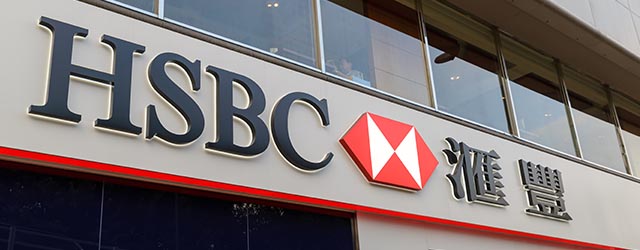The world’s biggest banks are cutting jobs and shrinking operations.

On November 6, UniCredit announced plans to cut 12,000 jobs. Two months before that, Deutsche Bank unveiled 23,000 layoffs—or about 25% of its global workforce.Standard Chartered said recently it would slash a quarter of its senior bankers, after announcing plans earlier this year to shutter most of its equity business and shrink its retail staff. In May, JPMorgan Chase announced 5,000 layoffs.
But HSBC beat them all, announcing last summer that it would cut 50,000 jobs worldwide by 2017.
The world’s biggest banks are cutting jobs and shrinking operations. Data from research firm SNL Financial showed bank staff had fallen by 5.5% from 2010 to the end of last year in 28 developed countries.
The trend is not new, but the size of the staff cuts this year has been particularly startling.
The biggest banks face skyrocketing compliance costs. And their market share is being eroded by smaller, regional or domestic banks and less-regulated boutiques and alternative financial services providers—digital or otherwise. From lending to transaction processing to investment banking, the biggest players have been feeling the squeeze.
The challenges show no signs of abating—in fact, quite the opposite. Big banks are being beaten on price and innovation, when it comes to alternative providers: Small outfits can be nimble and often boast operating costs that are a fraction of those faced by the world’s largest banks.
On the regulatory-expense front, the outlook is also dire. The Financial Stability Board in early November announced final proposals to the G20 for the Total Loss-Absorbing Capacity standard. It requires 30 of the world’s largest banks, those labeled “global, systemically important banks,” to have a minimum TLAC requirement of 16% of consolidated risk-weighted assets by 2019 and 18% by 2022.
As the world’s biggest banks face massive challenges and increasing competition, those that have not done so already will need to reinvent themselves yet again to compete in this new marketplace.


